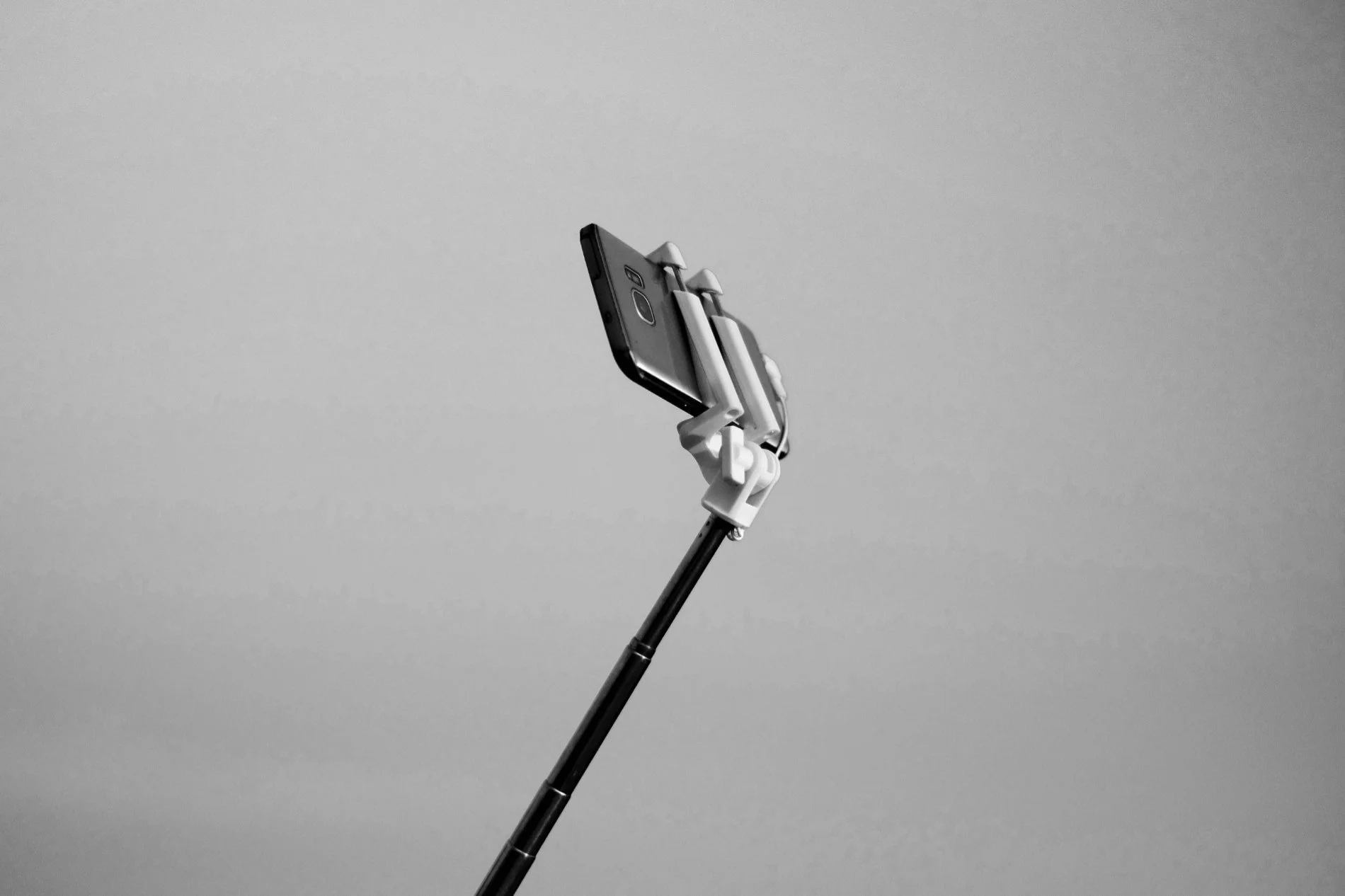Last update: 15/06/2023
In a nutshell
This article dives deep into the intricacies of Customer Acquisition, a critical aspect of any marketing strategy. It defines key performance indicators - Customer Acquisition Rate (CAR) and Cost of Customer Acquisition (COCA or CAC), and elucidates their relevance and calculation methods. The importance of measuring these metrics is brought to life using practical examples and industry insights. The piece further delves into the arsenal of tools available for customer acquisition, and how these can be effectively harnessed to drive growth. From there, we outline how to turn acquisition strategies into action, evaluate their performance, and make necessary improvements. Through the lens of a real-world 'Green Clean' use case, we demonstrate the practical application of these principles. An essential read for entrepreneurs and marketers aspiring to master the art of customer acquisition.
In the Marketing Canvas
The Marketing Canvas is a powerful tool for entrepreneurs and non-marketers to build a robust marketing strategy. It consists of six meta-dimensions, each with four sub-dimensions, for a total of 24 sub-dimensions defining your Marketing Strategy. One of these sub-dimensions is ACQUISITION, which falls under the METRICS meta-category.
Defining ACQUISITION
Every successful venture has customer acquisition as its cornerstone metric. The reality is, regardless of how innovative or unique your product or service may be, its relevance is directly proportional to the number of users it attracts and retains. Hence, we will delve deeper into the concept of Acquisition, one of the sub-dimensions of the Marketing Canvas, in this chapter.
Acquisition, as it pertains to marketing, refers to the process of attracting and converting potential consumers into actual customers. A healthy business is characterized not just by acquiring more users but also transitioning them into paid customers, thereby increasing revenue and profitability. It's worth mentioning that the current 'Growth Hacking' trend has reinforced the emphasis on acquisition strategies.
Measurement of Customer Acquisition occurs via two key performance indicators (KPIs):
Customer Acquisition Rate (CAR): This is the ratio of the number of customers acquired to the length of the time period.
Cost of Customer Acquisition (CAC): This represents the total expenditure on marketing efforts divided by the number of customers acquired during that period.
Both CAR and CAC play crucial roles in comprehending the speed at which you're gaining new customers and the investment required to achieve this. According to marketing guru Neil Patel, CAC signifies the cost involved in convincing a potential customer to purchase a product or service. Comparing your CAC per media to industry standards and competitors will provide an insight into your performance.
If your CAR falls below your competitors, it implies a slower customer acquisition rate. Although this isn't a cause for immediate alarm, considering other dimensions like Average Revenue Per User (ARPU) will help understand if it is a serious issue or not.
Some may argue that these metrics are only applicable to service businesses, not products. However, the underlying philosophy of the Marketing Canvas is to thoroughly understand your customers, be it a product or service. If your business relies on indirect distribution and lacks customer data, it might hinder personalizing your offerings. Inability to measure CAR and CAC due to a lack of direct customer interaction is a stumbling block in the application of the Marketing Canvas Method.
Tools for ACQUISITION
Effective acquisition isn't a matter of luck or chance; it's the result of strategically leveraging an array of tools and techniques. Here are a few tools that can significantly improve your acquisition metrics:
SEO Tools: Platforms like Moz, SEMrush, and Google's Keyword Planner can help you optimize your online presence and improve organic traffic, leading to higher acquisition.
Content Marketing Tools: Tools like HubSpot, WordPress, and Grammarly can assist in creating compelling content that drives customer interest and engagement.
Social Media Advertising: Platforms like Facebook Ads Manager and LinkedIn Campaign Manager can help you reach a wider audience and target potential customers more effectively.
Email Marketing: Tools like Mailchimp or ConvertKit can help you build and maintain relationships with potential customers, fostering trust and improving acquisition rates.
Translating Acquisition into Action
Once you've mastered the principles and tools of acquisition, it's time to put this knowledge into practice.
Set Clear Goals: Begin by identifying specific, measurable, achievable, relevant, and time-bound (SMART) goals for your acquisition efforts.
Identify Your Audience: Understand your potential customers, their needs, and their preferences.
Optimize Your Channels: Improve your visibility on all the platforms your target audience frequents.
Test, Measure, Refine: Regularly review your CAR and CAC metrics, identify areas of improvement, and refine your strategy accordingly.
Statements for self-assessment
Is the Acquisition of new users helping you achieve your goals?
Evaluation is the pillar on which successful businesses are built. Regular monitoring and reassessment are essential to improving your acquisition strategy. To evaluate your acquisition efforts, consider the following statements, rating your agreement from -3 (completely disagree) to +3 (completely agree):
Your Customer Acquisition Cost (CAC) is below industry average and is below your direct competitors.
Your conversion rate (from lead to buyer) is above industry average and is above your direct competitors.
Your CLTV/CAC is above industry average with a ratio above 3:1 and below 5:1
Your time to conversion rate (from lead to buyer) is above industry average and is above your direct competitors.
Interpretation of the scores
Negative scores (-1 to -3): Suggest inefficiencies in your acquisition strategy. CAC may be high, conversion rates low, and CLTV/CAC ratios misaligned, indicating missed opportunities for improvement.
A score of zero (0): Reflects a functional but unoptimized strategy. While some metrics may meet industry benchmarks, there are gaps preventing full efficiency and profitability.
Positive scores (+1 to +3): Indicate an effective acquisition strategy with competitive CAC, high conversion rates, a healthy CLTV/CAC ratio, and short time-to-conversion periods.
Case study: Green Clean’s Acquisition strategy
Misaligned understanding (-3, -2, -1): Green Clean’s CAC is significantly higher than competitors, with low conversion rates and a CLTV/CAC ratio below 3:1. The time to conversion is long, indicating inefficiencies in the sales funnel.
Surface understanding (0): Green Clean’s CAC and conversion rates are in line with industry averages but lack optimization. The CLTV/CAC ratio is acceptable but not optimized for long-term growth. Time to conversion is adequate but could be reduced with better targeting.
Deep understanding (+1, +2, +3): Green Clean optimizes CAC by focusing on high-performing channels and using automation. Conversion rates are improved through a streamlined funnel and personalized engagement. The CLTV/CAC ratio exceeds 4:1, and time to conversion is reduced through quick onboarding and targeted offers.
Conclusion
The Acquisition sub-dimension highlights the importance of optimizing CAC, conversion rates, CLTV/CAC ratios, and time to conversion for sustainable growth. A well-executed acquisition strategy ensures that your business attracts the right customers, maximizes profitability, and remains competitive in the market.
Sources
Neil Patel, Customer Acquisition Cost, https://neilpatel.com/blog/customer-acquisition-cost/



































